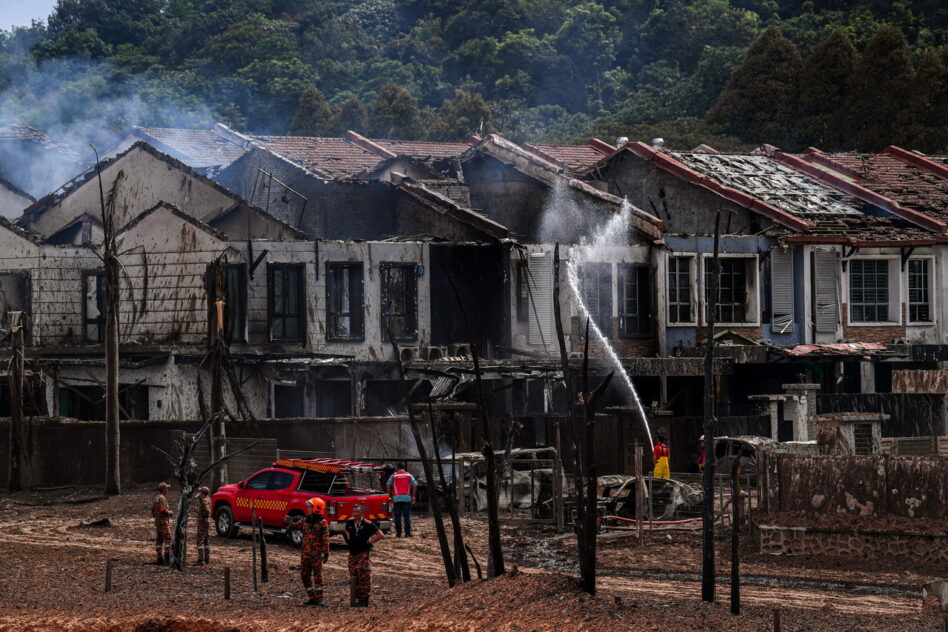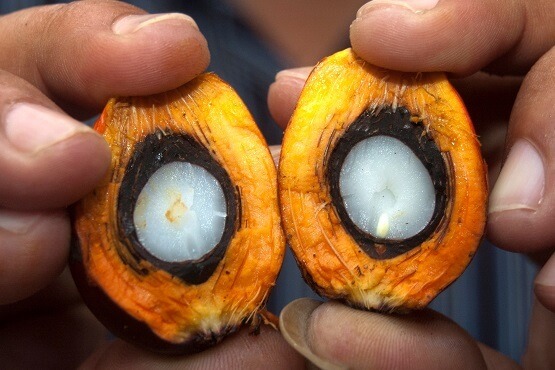By Ranjit Singh
MALAYSIA’S response to the economic devastation brought about by the Covid-19 outbreak was to introduce a stimulus package valued at US$64.6 bil and is the largest among Asean countries.
Malaysia’s stimulus package provides direct aid to its people and financing with preferential rates to the SME sector. The package accounted for around 18% of its gross domestic product (GDP) and was the largest ever introduced in the country.
However, Dr Yeah Kim Leng, professor at Sunway University told FocusM that the sum allocated by the Malaysian government should be measured by its impact on the deficit.
“Although Malaysia’s stimulus package seems huge, the direct injection is around US$5.75 bil. The deficit is expected to rise to around 4% this year due to Covid-19,” he said.
Malaysia recorded a deficit of 3.4% in 2019.
At the time of writing, over 5,000 Covid-19 cases with 85 deaths have been reported in the country.
Meanwhile, island-nation Singapore has announced a stimulus package of US$40.4 bil to mitigate the economic impact of the pandemic. The package accounts for 12.4% of its GDP.
Among the measures included in Singapore’s stimulus package were funding to save jobs and support workers; provide businesses, especially those that have been directly impacted, with help to cope with near-term challenges; as well as strengthen economic and social resilience.
The allocation is bigger than any of the support packages Singapore has had. It was more than double of what had been the biggest – a US$14.4 bil Resilience Package rolled out during the global financial crisis in 2009 – while other off-budget packages for the downturns in 1998, 2001 and 2003 ranged from US$161 mil to US$7.9 bil.
Singapore had reported 3,700 cases of Covid-19 and 10 deaths since the outbreak began.
Indonesia had introduced a stimulus package of US$33 bil to fight the economic effects of the outbreak.
The package comprises both fiscal measures, such as tax breaks and specific subsidies for companies and individuals, and non-fiscal measures to stimulate exports and imports. Indonesia’s stimulus package constitutes 3.1% of its GDP.
However, experts opine that the package may not be sufficient to fight the pandemic with a population over 270 million. It is feared that most people in the country would seek home treatments if they are symptomatic and this will cause the spread of Covid-19 to become faster.
The country has reported over 5,000 cases of Covid-19 with 469 deaths.
Thailand rolled out a US$16.3 bil stimulus package to combat the economic downturn caused by Covid-19. The package, which made up 3% of its GDP, included soft loans, a fund, and tax benefits for those affected by the outbreak.
Thailand was heavily reliant on global demand but its exports have been hurt by global trade tensions, and tourism, which was a bright spot, is being hit hard by the outbreak.
The country has reported 2,700 Covid-19 cases with 46 deaths.
Meanwhile, the Philippines had announced a stimulus package valued at US$10.3 bil or 2.9% of its GDP to mitigate the economic impact of the crisis.
The government is crafting another economic stimulus package and a rehabilitation plan to soften the damage to the economy, according to the Department of Finance.
The Philippines has reported over 5,000 cases of Covid-19 with 349 deaths. — April 16, 2020








